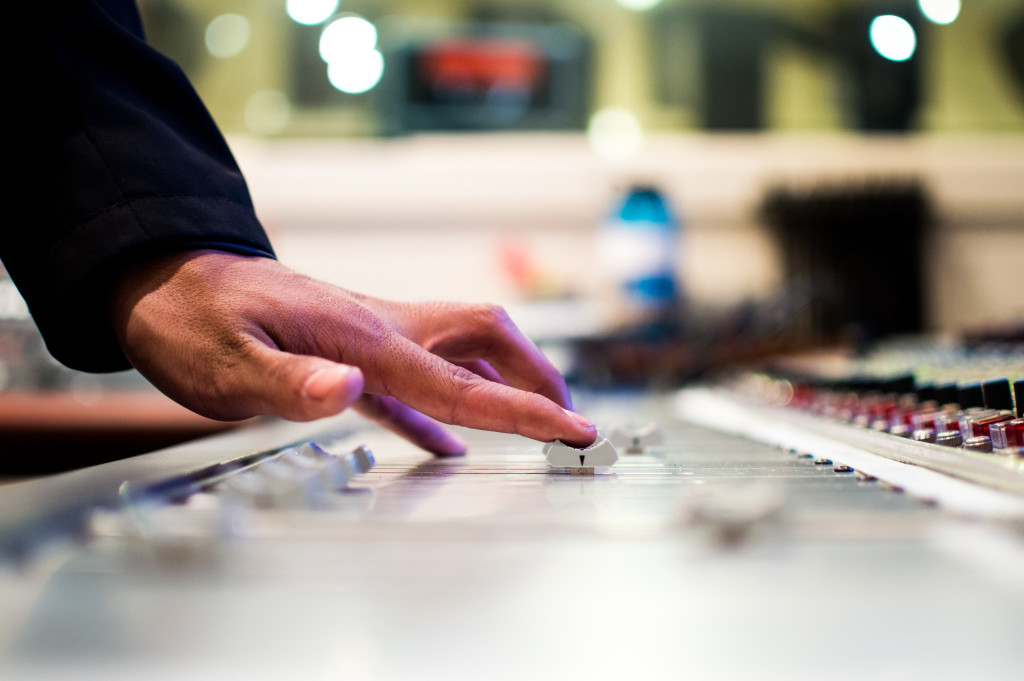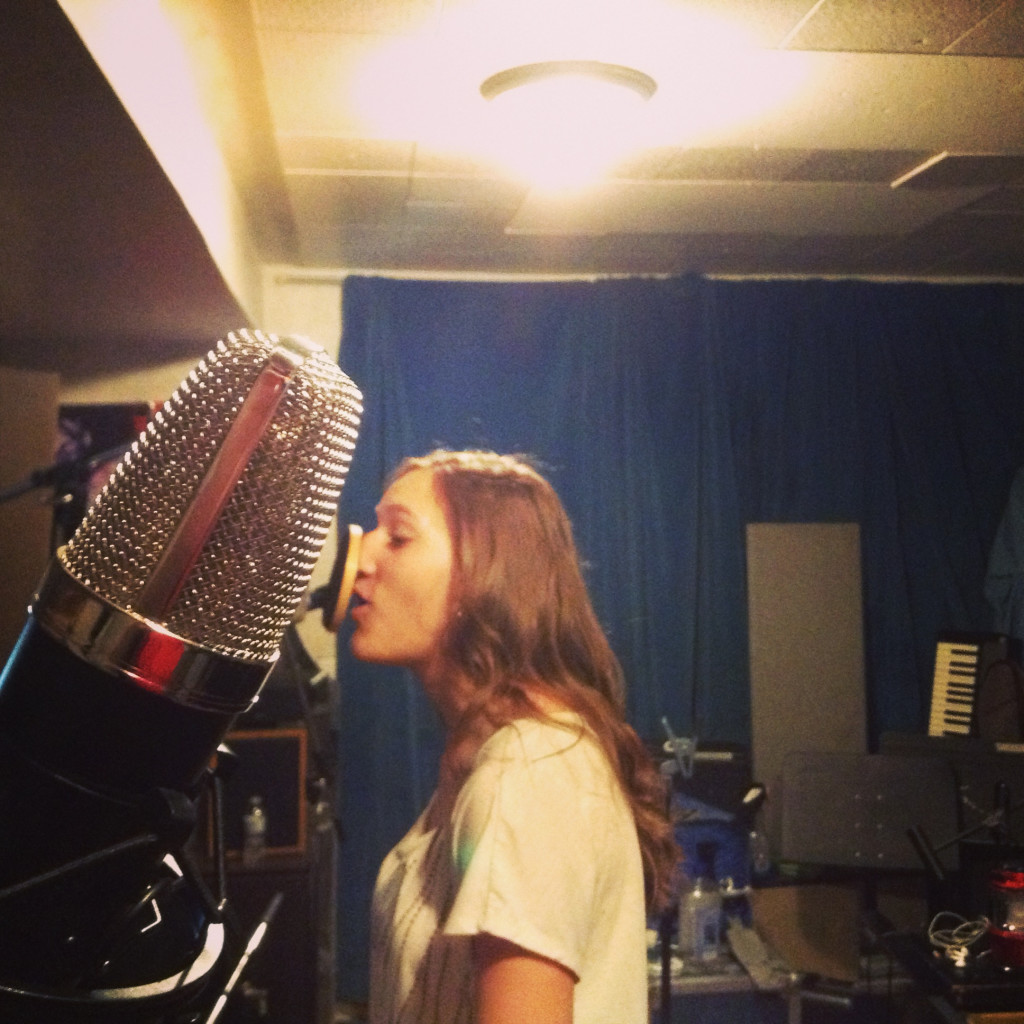Kristina released her first single on Friday!
Have you heard it yet? Listen to it here, and buy it on iTunes, Amazon, or your favorite digital store!
Throughout this adventure there have been some things we learned that might surprise you about the recording process. We talked to John Carter of Thirteen/Eight Productions who gave us an inside look as to what’s actually happening behind the mixing board!

It takes a LONG time…
While you listen to your favorite song and move on, chances are high that each instrument and vocal line was played 15-20 times. The best version is usually chosen. However, sometimes…
Sometimes one line comes from many takes…
One line is perfect, except for one word… No stress. Recording engineers who are well versed in their craft can take small snippets from different takes and blend them perfectly into one line. You may hear one smooth verse, but it’s possible that each word came from a different take.
Your voice can sound perfect…
Even after 20 takes there are still human imperfections. That’s where powerful programs and tools come into play. Subtle tweaks of pitch, sound, and reflections can be made to create the perfect sound.
One quick note on perfection, though… Be careful. It’s the imperfections that make it real.
Not all instruments are real…
Many instruments you hear are actually sampled. This means they come from a digital library of sounds. Lines can be played in on a keyboard and the sound can be changed to be a guitar, cello, or even a drum.
Sometimes a sampled instrument is a better choice…
Emphasis on sometimes. There are different quality samples available. For example, the sampled instrument used for the bass line in On My Way uses over 6,000 dynamically accessed samples of sound to create just ONE instrument. This means that every articulation – every pluck of every string – at every volume level has it’s own “sample.”
On the higher end of the sample spectrum you’ll find sounds that are SO good they are hard to distinguish from a live instrument. The skill needed by a virtuoso violinist isn’t the same skill needed by a keyboardist playing the same phrase. This makes for some awesome creative juices flowing in the studio!
Recording is psychological…
Psychological and 3 dimensional. The positioning of a voice or instrument on the microphone changes the way it is perceived by a listener’s brain. Additionally, the way a sound is processed changes the way it is heard. If a voice has a lot of reverb, or echo, it is as though you are listening from far away. Many pop songs are mixed and manipulated to sound close, like the singer is right at your speakers.
Don’t believe us? Next time you listen to a song, close your eyes and try to visualize where the singer and band are standing.
Microphones aren’t magic…
Many amateurs believe that a better microphone will magically give you a better sound. While this is true to a certain degree, learning to properly position and manipulate a microphone is far more important!
Microphones don’t “hear” like humans do, either. They only have one membrane, where most humans have two. If you want to know what a microphone “hears”, try this: stick a finger in one ear and position your other ear towards the sound. Do you see how the sound changes when you move your head around? That’s how a microphone works.
Pretty cool, huh?
So there you go – 7 things that might surprise you about recording. What surprised you? Did we miss anything?

